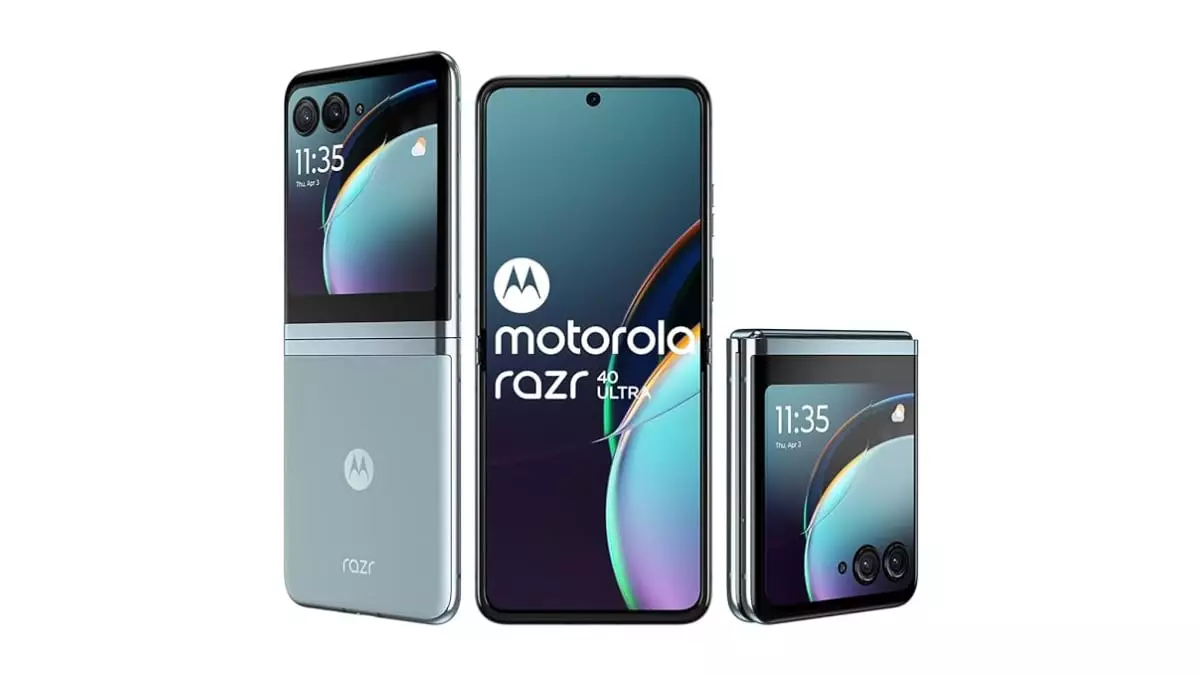When it comes to the realm of foldable smartphones, Apple appears to be lagging behind its competitors. While other brands have already introduced foldable devices into their lineup, Apple is still to unveil its first foldable model. Rumors suggest that the tech giant is working on developing larger foldable devices, with reports pointing towards a possible foldable MacBook laptop with a 20-inch display. Additionally, there have been speculations about the delay of Apple’s foldable iPhone to 2027, leading to the redirection of Vision Pro staff towards the development of foldable devices.
An older patent filed by Apple and published by the United States Patent and Trademark Office (USPTO) further strengthens the notion of Apple’s venture into foldable devices. The patent (US 20240147644 A1), filed in October last year and published on May 2, 2024, showcases Apple’s unique approach towards clamshell foldable designs. The patent reveals an intricate hinge design tailored for a smaller or compact foldable device, possibly a Plus or Max-sized iPhone or an iPad Mini. The device is described as versatile, capable of functioning as a cellular phone, computer, or portable electronic device.
Every foldable device relies on a sturdy hinge mechanism and a flexible display. Apple’s hinge design bears similarities to existing foldable devices in the market, with two chassis halves connected by synchronized gear plates with interlocking teeth to facilitate opening and closing. The inner folding display is protected by this mechanism, ensuring durability and smooth functionality.
Apple’s hinge design sets itself apart with the use of interconnected links, reminiscent of metal watch bracelet links. The intricate design of these interconnecting links indicates a higher level of complexity compared to current industry standards. The thickness of Apple’s hinge design, as depicted in the patent diagrams, suggests a more substantial build than conventional foldable smartphones. This thickness implies potential suitability for a foldable iPad rather than an iPhone, aligning with previous speculations about Apple’s focus on a foldable tablet over a foldable phone.
Designing a hinge for a larger device like a tablet or laptop presents fewer challenges for Apple compared to a smartphone. Tablets and laptops typically do not require stringent IP ratings for dust and water resistance, simplifying the design process. In contrast, smartphones need to adhere to IP ratings like IP68 for dust and water resistance, which can complicate foldable design implementation.
For instance, Samsung’s Galaxy Z Fold 5 features an IPX8 rating, offering minimal protection against dust and debris. In comparison, Samsung’s regular smartphones boast an IP68 rating for comprehensive dust and water resistance. Apple’s potential shift towards foldable tablets or laptops could signify a strategic move to bypass the intricate IP rating requirements associated with foldable smartphones.
Apple’s pursuit of foldable devices marks an exciting chapter in the company’s innovation journey. With unique hinge designs and a focus on larger form factors like tablets and laptops, Apple is poised to carve a distinct niche in the foldable device market. As the tech landscape continues to evolve, Apple’s foray into foldable devices holds promise for groundbreaking advancements and user-centric innovations.

Leave a Reply